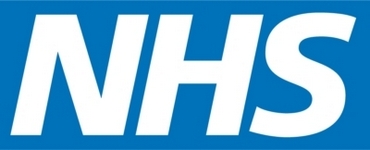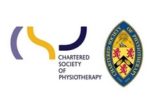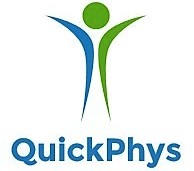Discussion about your problem
What will be discussed and why
The process includes an initial discussion to determine the potential causative factors of your problem. What activities bring about your pain experience or your loss your of function.
Information about your general health and previous medication history is often asked, both to see if it is in anyway related to your current problem or would affect treatment options.
Clinical examination
What to expect during your physical examination
The video shows an overview of a shoulder examination. Here we are looking for the range and quality of movement. Strength tests also provide information on the status of tendons as well as muscles and nerves.
The shoulder joint and the posture of the shoulder blade and spine are all contributing factors. By collecting all this information Injection Clinic can begin the process of making a diagnosis. It further enables the ultrasound scan to have focus on the areas of tissue most likely damaged.
Ultrasound Scan
What happens during the ultrasound scan
This video shows how the use of ultrasound can provide a detailed picture on the condition of tendons, bursa, joints and their bony margins along with signs of tissue inflammation and any fluid.
Other signs include Doppler activity which can again change treatment options.
It is the detail of the scan linked together with the physical examination that provides key information as to the true nature of your condition.
Diagnosis is established
Education and discussion on treatment options following diagnosis
The complete examination enables us to determine the true cause of tissue problems and why you are experiencing pain. This diagnosis forms the basis from which we can discuss treatment options.
In most cases your problem will have both chemical and mechanical factors. Inflammation, for example is a common chemical process that can occur in response to mechanical irritation. Consequently treatment options aim to address both factors.
Another key component is your education. For a lot of people, simply gaining a better understanding of their problem is a treatment by itself.
Visit the section 'your condition' to see a list of common problems that affect different parts of our body's.
Changing the chemistry
Changing the chemistry via guided injections
An effective way to change the chemistry within any tissue is via inject-able medication. There are several types of medication used in the management of joint and muscle pain. The different types of medication are discussed in more detail in the section Injections.
The use of ultrasound enables the medication to be placed directly at the site of tissue change. In this way the medication is more effective and side effects are less than taking daily oral tablets. Non steroid anti-inflammatory drugs, such as ibuprofen, are a common cause of stomach irritation and have much less potency than injections of cortico-steroid.
Correcting the mechanics
Strength, alignment, posture and excellent patterns of movement
In almost all situations muscle and joint pain has a diagnosis that includes both chemical changes and mechanical factors. Your pattern of movement when bending, lifting and walking will place strain on muscles and joints. If your movement is not correct then the strain can cause irritation and subsequent pain.
Whilst the chemical changes can be addressed with medication, the mechanical changes require you to make corrections to movement and strength.
To assist with these changes Injection Clinic developed a website with a full range of video clips showing how to perform the exercises and the importance of posture and patterns of movement.








